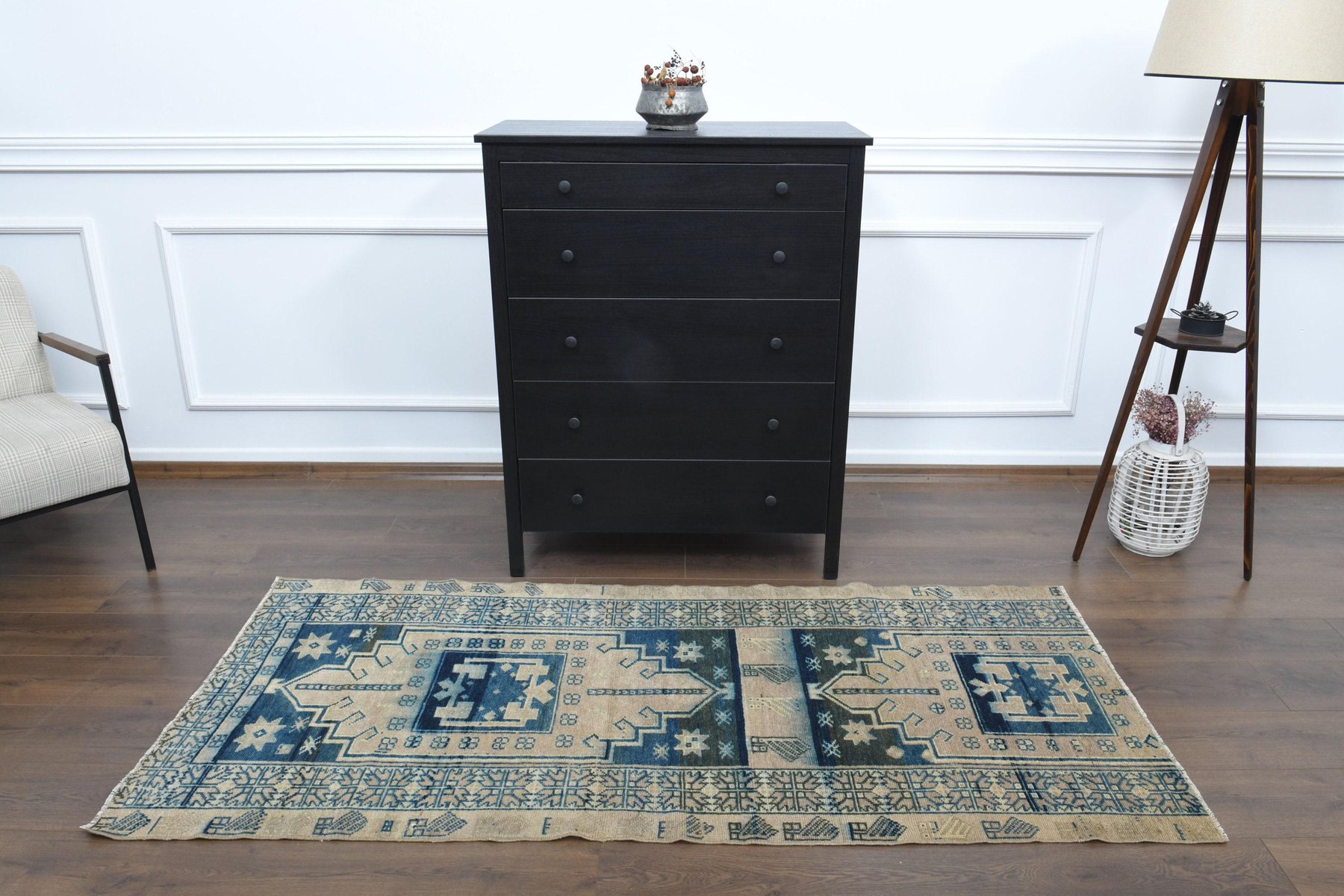
Patterns without any V Edge are referred to as Flush-Joint (cedar, pine) or Butt-Joint (redwood). Tongue & Groove PANELING is naturally graded to the smooth face. Tongue & Groove SIDING has both a rough and smooth face and is normally graded to the rough face (the best visible face) unless requested otherwise for a higher price. Tongue and Groove siding V2E T&G Pattern: One Beveled Face Tongue and Groove siding V4E T&G Pattern: Beveled Both Faces The depth and angle of the beveling determines how distinct the edges will appear when installed on your wall. Traditional TNG patterns are "beveled" on the edges - called a V Edge (as in the pictures below). How distinct or shadowed the line between the boards appears after installation depends on the shape of the edge - the pattern profile you choose.īeveled Edge Tongue & Groove Paneling Pattern Tongue & Groove Patterns (T&G) have the greatest variation in profile - the outline or shape of the board. We will get your order in the queue so it is ready when you are.ġ圆 Tongue and Groove V2E Siding - Clear Cedar installed Vertically In these uncertain times we can help you plan. We guarantee your order will be completed as ordered! If there are any delays you will be the first to know. Once your order is placed we stay in email and phone contact with you throughout the course of your order. Our normal lead time from order to door is 2 - 8 weeks. All communication is handled personally - by phone and email. Our orders are custom milled and factory finished. This is important to remember when building a wood fence, for example, so that future shrinkage can be taken into consideration.We are OPEN for business during these uncertain times!Īll Buffalo Lumber orders are delivered MILL DIRECT to your JOB SITE. This is due to the fact that water is used to impregnate the chemicals into the wood at the factory. It’s also great to test firewood for proper seasoning.įinally, be sure to take note that fresh, treated wood will probably have a higher moisture content (35%-75%). This is the moisture meter I use almost on a daily basis. They are great little tools and aren’t too expensive. If you want to test for moisture content before you buy, pick up a moisture meter. Other more stringent kiln-dried standards exist but KD-19 is the most common. KD-19 (Kiln Dried 19%) lumber will have an average moisture content somewhere around 15%. This means that it has to have a moisture content below 19%. Most building lumber sold at home stores is kiln dried to some extent. Average equilibrium for interior wood in US ~8%.Here are some typical moisture contents of lumber: Moisture Contentįinally, enter in the moisture content of the lumber and hit calculate. Now you can enter the length of the lumber in question followed by the number of pieces of that lumber. Note that if you select from the list of nominal dimensions, the board feet and volume will be calculated using the nominal dimensions instead of the actual dimensions. For example, a 1×12 that is 1 foot long will equal 1 board foot and 0.0833 cubic feet (cft). Here is a table showing nominal sizes vs actual sizes for reference: Nominal Size (inches) You can either choose from a list by nominal dimensions or enter in the actual dimensions manually. If you choose pressure treated lumber, take note that 85% of pressure treated lumber sold in the US is southern yellow pine, so that is probably what you have. You can usually find the species of wood by looking on the tag stapled to one of the ends. Spruce-pine-fir (SPF), which can either be subalpine fir, balsam fir, black spruce, Engelmann spruce, jack pine, lodgepole pine, red spruce, or white spruce.Southern Yellow Pine (SYP), which can either be loblolly, longleaf, shortleaf, or slash pine.Hem-fir, which can either be western hemlock, California red fir, grand fir, noble fir, Pacific silver fir, or white fir.



for framing a wall) is usually one of the following softwoods (also called whitewoods): The most common species of dimensional building lumber (e.g. A few examples of these are shown in the picture above. Wood used for furniture and for appearance is often of a hardwood (or Pine) variety. Common Lumber Types Common wood species for furniture making. Standard treated wood has about 0.06 lbs/cubic foot chemical retention while wood treated for ground contact has about 0.15 lbs/cubic foot. Treated wood has chemicals (usually MCA or micronized copper azole) in it that will slightly increase the weight. If you chose to select lumber weight, select whether or not you have treated wood. Forest Serviceįirst, select whether you want to calculate lumber weight, volume, or both. *Most of the specific gravities used in this calculator are derived from “Wood Handbook, Wood as an Engineering Material” written by the U.S.


 0 kommentar(er)
0 kommentar(er)
